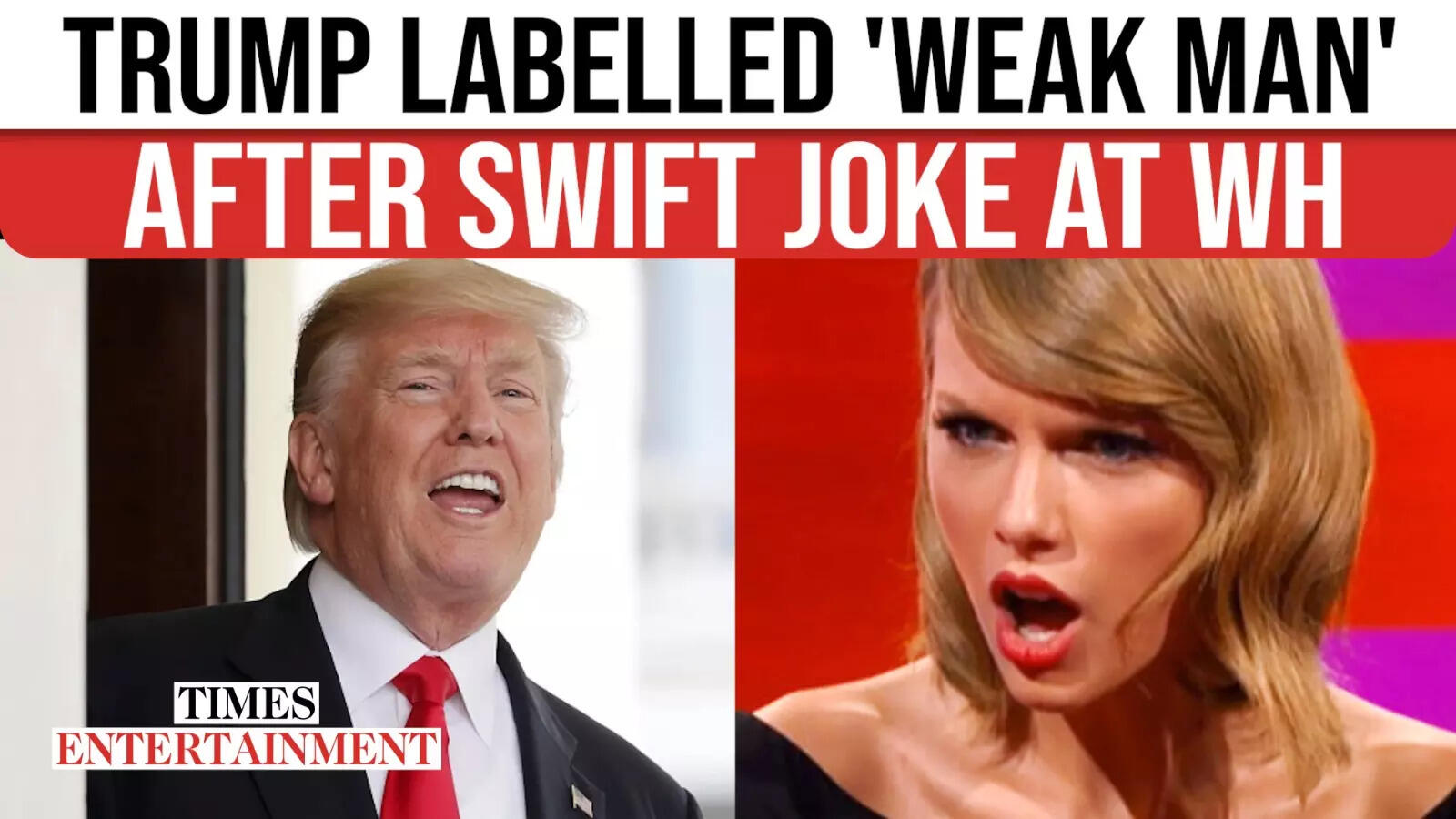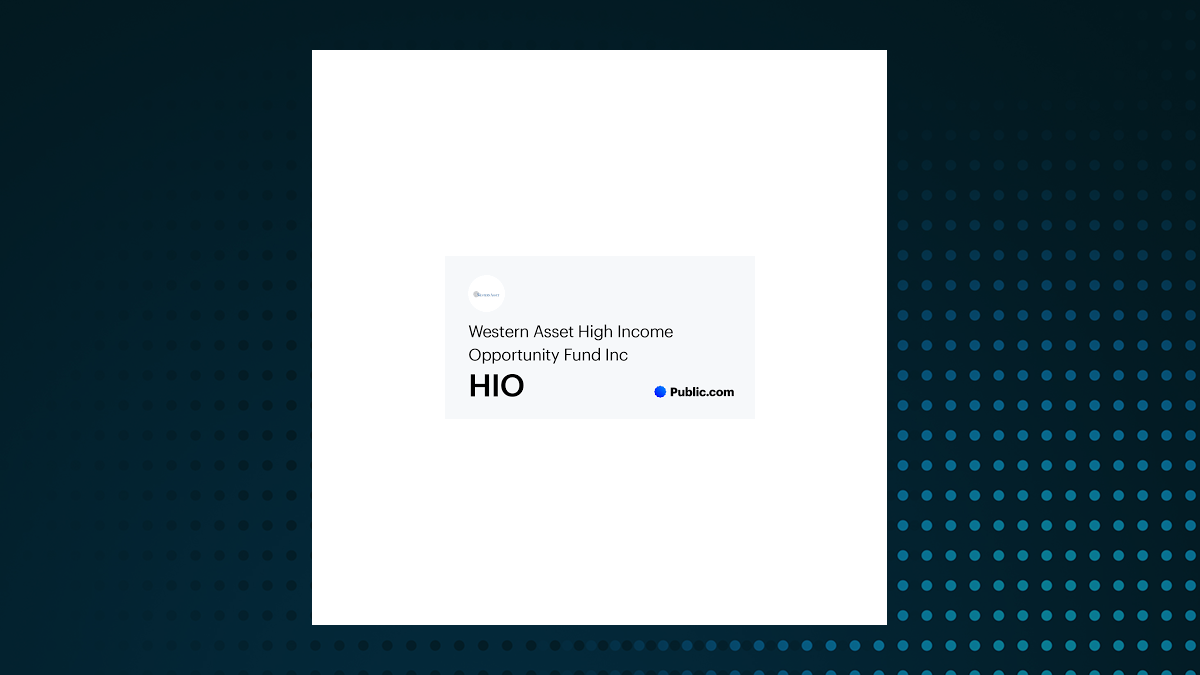In a dynamic global investment landscape, finding the right asset allocation strategy is crucial for NRIs looking to optimize their portfolios. Prashant Tandon, Executive Director at Waterfield Advisors, offers a comprehensive view on how NRIs should approach their investments over the next 3-5 years.With a balanced strategy that emphasizes 60% equity, 20% debt, and a global diversification angle, Tandon outlines the ideal framework for managing risk while capitalizing on growth opportunities.
His insights, particularly in the context of global market turbulence and emerging opportunities in India, offer valuable guidance for NRIs seeking to secure long-term wealth. Edited Excerpts –Q) Thanks for taking the time out. How might escalating trade tensions between major economies like the US and China affect the global investment landscape for NRIs?A) President Donald Trump's recent implementation of sweeping tariffs has significantly impacted global equity markets, leading to substantial declines and heightened volatility.

There has been a blood bath in the Global Markets following Trump’s announcement of universal tariffs, with the barometer S&P 500 declining ~20% from its all-time highs.The tariffs have intensified fears of a global recession, leading investors to seek safe-haven assets such as U.S.
Treasuries and the Japanese yen. Analysts warn of continued market volatility and potential economic downturns if trade tensions persist.Q) In the wake of a tariff war, should NRIs consider reallocating part of their portfolio from global equities to safer fixed-income instruments or gold?A) As we started the Calendar Year 2025, we continued to adopt a conservative stance and an underweight in US Equities, especially US Large Caps.
Furthermore, it was our belief that we are entering an era where we were reaching the limits of US exceptionalism.We advised investors move into high quality fixed income assets such as short-dated US Treasuries. Additionally, gold can be looked for diversification and improving risk-adjusted returns.
Q) What kind of geographical diversification strategies should NRIs adopt to hedge against the volatility caused by trade wars?A) We suggest investors overweight geographies where valuations are more sanguine from a long-term perspective.There is a glaring mismatch between US equity market capitalisation (67%) and its share in the global economy (~30%).The likely impact of Trump’s policies could be a catalyst to trigger the long overdue reversion to mean.
This includes China, Japan, Europe and UK as well as other Emerging Markets. Thus, investors should consider rebalancing from areas of overvaluation to regions of more balanced valuations and take a few chips off the table in US equities.Q) Could India benefit as a manufacturing alternative amid US-China trade tensions, and how can NRIs capitalize on this shift?A) Sectors where India has a competitive advantage as well as where tariffs are lower in comparison to other countries could be beneficial.
Textiles and Apparels, Chemicals, Electronics, Automobile and Auto components could be sectors that could see some traction and movement away from China.Q) What role do international investment opportunities play in the portfolios of Indian HNIs, and how are wealth managers facilitating access to these markets?A) International markets provide the much-needed diversification when domestic markets face headwinds, especially an exodus of Foreign Institutional Investors.Investors can access these markets via Feeder funds or via the LRS route by setting up overseas investing accounts.
Q) How is the increasing wealth in Tier 2 and Tier 3 cities influencing your firm's client acquisition and service strategies?A) We have received numerous inquiries from investors in Tier 2 and Tier 3 cities. By embracing digital enablement, recognizing local dynamics, and aligning with the aspirations of these dynamic markets, companies have the opportunity to drive growth while playing a key role in the economic transformation of India's heartland.Q) Are wealth managers recommending any specific asset classes or geographies as a hedge against trade-related global market turbulence?A) We recommend maintaining capital in the form of dry powder or highly liquid investments that can be strategically deployed when opportunities arise.
Commodities also provide effective diversification, particularly gold, silver, and a broad mix of others.Additionally, uncorrelated strategies like Arbitrage Funds and Absolute Return Funds can offer a buffer against trade-driven global market volatility, as their returns are not tied to traditional asset classes.Q) If someone plans to invest $10,000 in India – what should be the ideal asset allocation strategy for the next 3-5 years?A) This factor depends on the risk profile of the individual.
For a balanced portfolio, we would suggest 60% Equity allocation, 20% fixed income allocation, 10% commodities, 5% international allocations and 5% in REITs and InvITs. Even investments in Private Markets can be considered.(Disclaimer: Recommendations, suggestions, views, and opinions given by experts are their own.
These do not represent the views of the Economic Times).
Business

NRI Talk: Ideal allocation for NRIs - 60% equity, 20% debt, and a global twist, says Prashant Tandon

With a balanced strategy that emphasizes 60% equity, 20% debt, and a global diversification angle, Tandon outlines the ideal framework for managing risk while capitalizing on growth opportunities.















